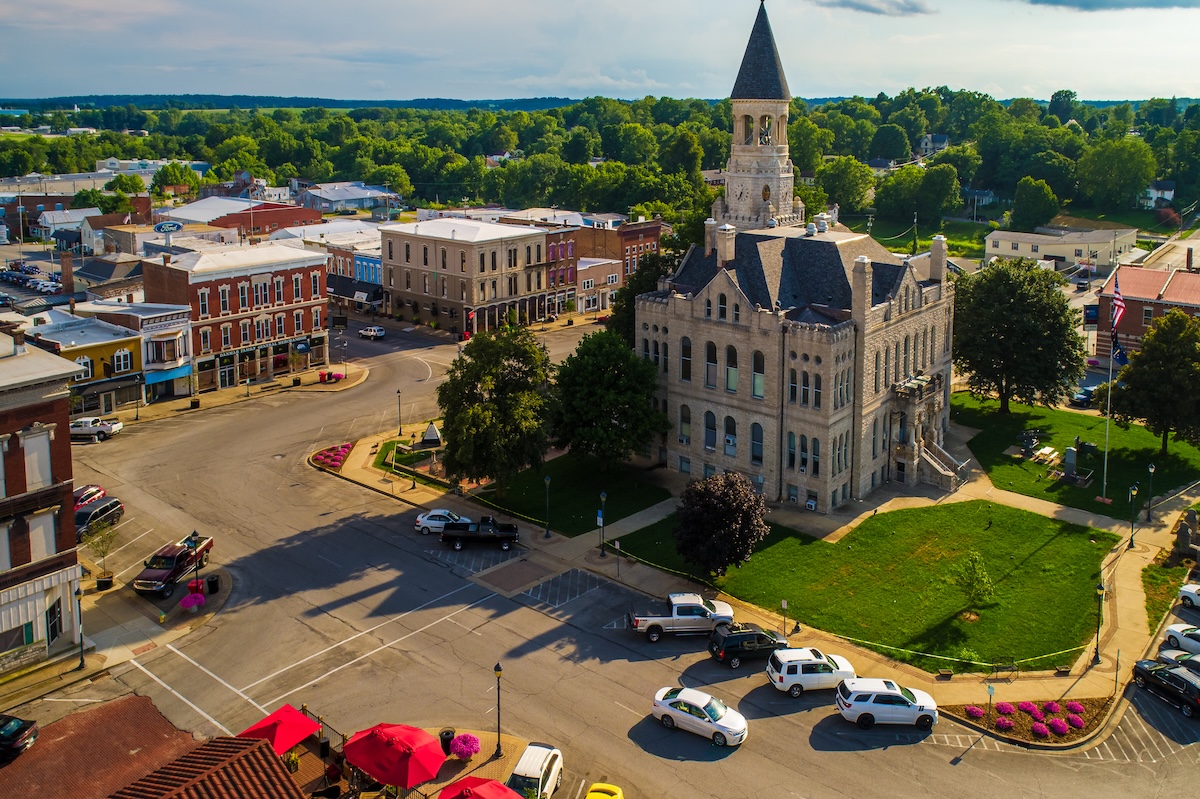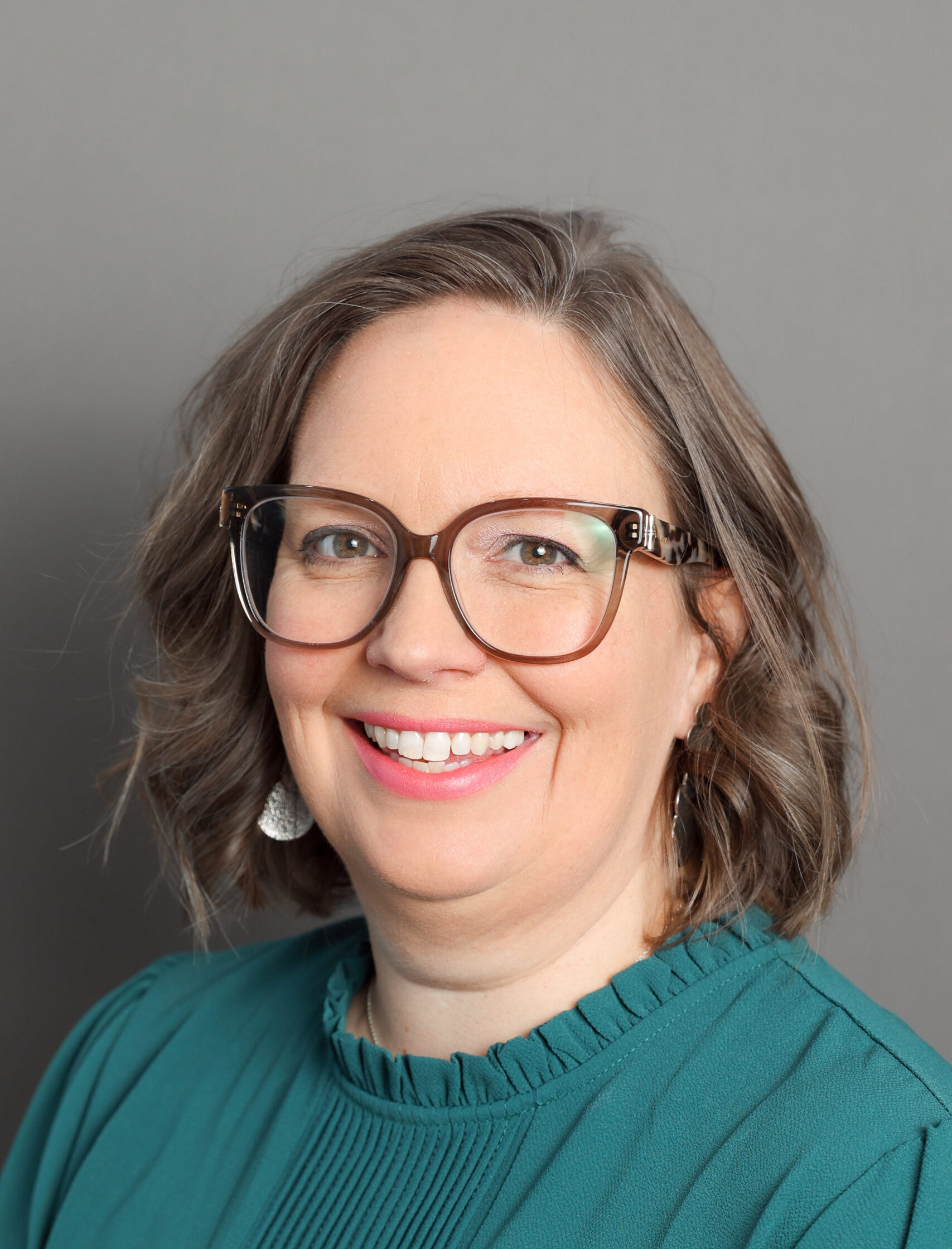Advancing rural disaster philanthropy

If you’ve seen one disaster, you’ve seen one disaster.
Disasters affect communities differently, even those caused by the same natural hazard, such as hurricanes, earthquakes or wildfires. Rural communities are innovative and resourceful, often rich in knowledge, social capital and community connections amid chronic underfunding and isolation. Donors are often challenged by their capacity to navigate and meet the needs.
Although every community and disaster is different, there are shared ideas and approaches that can help donors support rural areas in minimizing the impact of disasters and recovering equitably when they occur. There are also opportunities for funders to consider increasing their capacity to effectively invest in rural communities before and after disasters.
Over the last several months, my CDP colleagues and I have explored how we can uplift, support and celebrate rural disaster recovery in ways that honor the uniqueness and context of these communities, and acknowledge the scale and complexity of their needs. I am excited to share Advancing Rural Disaster Philanthropy: Barriers and Opportunities, a report prepared by FSG for CDP. I hope that you’ll take some time to read the full report, but I offer some key takeaways that may inspire your rural disaster philanthropy.
Recognizing the challenge
Disasters in the U.S. are becoming more frequent, severe and costly. Rural communities are particularly at risk due to limited resources, geographic isolation and historic underinvestment. They face unique challenges in preparedness, response and recovery, exacerbated by fewer dedicated disaster staff and greater individual vulnerabilities, often making recovery efforts even more complex.
Although rural America comprises approximately 20% of the U.S. population, it receives only 7% of philanthropic funding. This investment is insufficient and often restricted to loans or grants with limitations, hindering communities from addressing their specific needs, particularly in disaster recovery. Philanthropic interest is inconsistent, fluctuating by region and national priorities. Misconceptions and flawed perceptions about rural communities further exacerbate funding barriers. Yet, these areas embody a strong spirit of resilience, skilled local leadership and community-driven solutions that philanthropy frequently overlooks.
Solutions and opportunities
The report highlighted three areas where philanthropy can effectively advance rural disaster resilience. These areas align with CDP’s practice in rural communities and offer insights into how we and the field can deepen our commitment to rural equitable recovery.
1. Centering local leadership and equity. Effective disaster recovery requires trusting and empowering local voices rather than imposing external solutions. Understanding how leadership, influence and capacity show up in rural communities is critical, and we must find ways to invest in rural spaces and rural leaders that are not burdensome or extractive. One survey respondent noted that having local leaders will lead to “less waste, supplies used immediately, and more impactful recovery.”
“Leadership in rural areas doesn’t exist in the same framework of traditional philanthropic structures. It’s not the leader’s fault that they haven’t been invested in. It’s the fault of the sector who saw past that leader or that community.”
– The Sierra Health Foundation representative
2. Prioritize capacitycoordination and the full disaster cycle. An expansive and asset-based approach to rural capacity should consider four types of capacities. These include physical infrastructure, economic resources, institutional capacity, and community-level structures and norms. By considering the ongoing work, needs and challenges, and unique opportunities as well as investing in collaboration and coordination, funders can support the structures and systems critical to holistic community-led disaster recovery tailored to the needs of that community when a crisis strikes.
“‘Rural communities will rely on the existing networks to respond and recover from disasters’ and highlighting the importance of integrating a mindset of disaster resilience into all core programming.”
– Recurring theme highlighted by survey respondents
3. Redesign processes for equity and impact. Shift the approach to effectively meet rural needs by minimizing administrative burdens, flexible funding, support beyond the check and opportunities to look beyond a single issue or interest area. A relational approach that is transparent and responsive builds trust and provides a better path for breaking down barriers that hinder long-term community wellbeing and development in these regions after a disaster.
Examples of effectively meeting rural needs shared in the report include connecting grantees for networking and peer-to-peer knowledge and resource sharing and support; eliminating matching requirements or competitive processes that advantage highly staffed or resourced organizations and communities; providing flexible, multi-year grants; and moving the onus of due diligence and reporting to the funder instead of the grantee partner.
Moving forward
Rural communities nationwide are innovating, leading and strengthening their disaster resilience. Their stories deserve recognition, and their work inspires investment. Philanthropy has a critical opportunity to address underinvestment in rural disasters. By refining how we fund rural areas before, during and after disasters, we as donors can drive lasting impact that helps communities recover stronger after disasters.
No one funder, organization or community can do this alone. Funders themselves face challenges – limited capacity, urban-centric models and restrictive systems. Still, examples in this report highlight how philanthropy can successfully work in rural spaces by embracing adaptability and collaboration.
Throughout the report, you’ll find stories and examples of funders working to increase investment in Rural America—consider this your invitation to join us in advancing rural disaster philanthropy so that collectively, we can help rural communities thrive.
